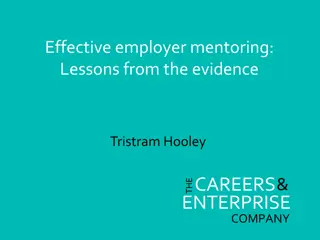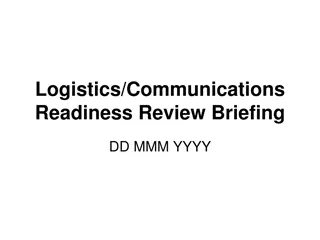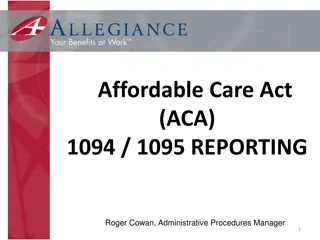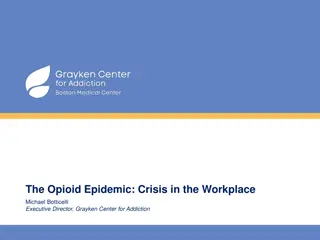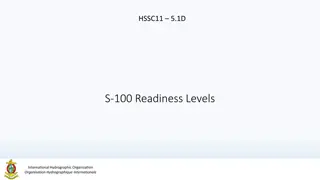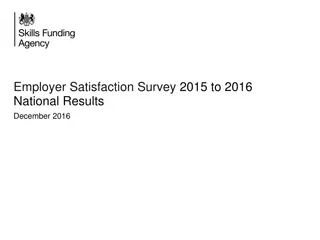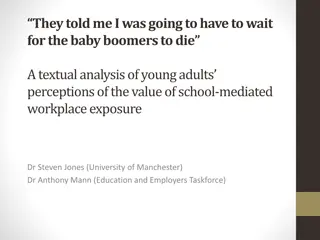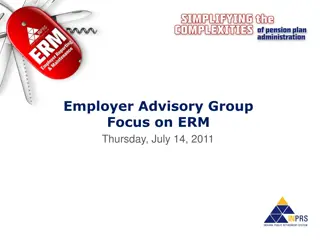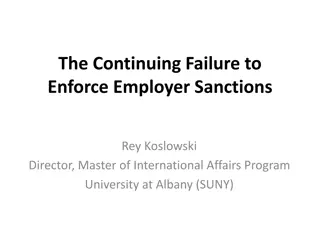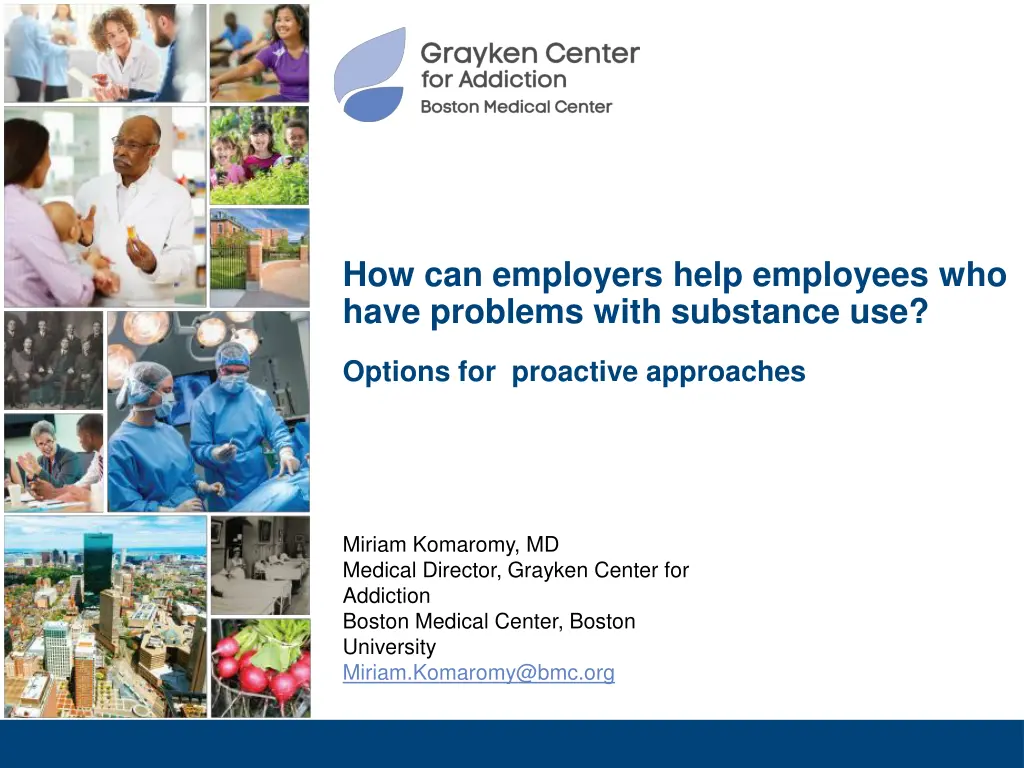
Helping Employees with Substance Use Issues: Proactive Approaches
Discover proactive approaches to support employees facing substance use issues in the workplace. Learn about challenges, solutions, and the importance of employer support in addressing substance use disorders.
Download Presentation

Please find below an Image/Link to download the presentation.
The content on the website is provided AS IS for your information and personal use only. It may not be sold, licensed, or shared on other websites without obtaining consent from the author. If you encounter any issues during the download, it is possible that the publisher has removed the file from their server.
You are allowed to download the files provided on this website for personal or commercial use, subject to the condition that they are used lawfully. All files are the property of their respective owners.
The content on the website is provided AS IS for your information and personal use only. It may not be sold, licensed, or shared on other websites without obtaining consent from the author.
E N D
Presentation Transcript
How can employers help employees who have problems with substance use? Options for proactive approaches Miriam Komaromy, MD Medical Director, Grayken Center for Addiction Boston Medical Center, Boston University Miriam.Komaromy@bmc.org 1
Hidden drinking Ms. D is a patient who I saw recently in our addiction treatment urgent-care clinic. She is married and is the mother of an adolescent son. She works full time as an administrative assistant, and is proud of her work performance. Ms. D reveals that she is having tremendous problems with alcohol use and depression. She drinks alone at night, and hides her drinking from her family. She is consuming increasing quantities of alcohol, and has started to have panic attacks each afternoon. She is afraid to tell her employer about her problem, and does not know where to turn, in order to get help. Another employee was recently run out of the company after he developed frequent tardiness and his alcohol use was discovered. She has also considered joining an AA group, but is afraid that someone would recognize her and reveal her secret. I discuss a range of treatment options with Ms. D, but she feels too frightened to take action. Two weeks later, Ms D is hospitalized in the ICU due to the combined effects of alcohol and benzodiazepine use. After her release, she quits her job in order to avoid being fired. 2
Receiving support Ms. D works full time as an administrative assistant, and is proud of her work performance. She is married and is the mother of an adolescent son. For the past year she has been experiencing depression, and drinking heavily when she is alone at night. Frightened by her increasing need to drink, she thinks about where she can get help. Susan, an HR representative at her company, recently provided information to all employees about the availability of treatment for substance use problems. Susan encouraged employees to seek help through their Employee Assistance Program (EAP), and reassured them that the company is committed to working with employees who are struggling with substance use to try to help them return to full functioning. Ms. D decides to call the EAP and ask about services. One year later, Ms. D is regularly attending peer support groups, and is taking a medication to cut her craving for alcohol and another medication to treat depression. She sees a counselor and an addiction treatment doctor regularly. She receives a promotion for her excellent work performance. 3
Employer approaches Crafting policies to address employee substance use disorders (SUDs) is complicated Consider carefully whether you want to encourage employees to reveal their substance-related problems to their manager or others within the company Challenges with maintaining confidentiality Potential liability concerns What are alternatives? 4
Elements of a proactive employer approach to substance use disorders Combat stigma Provide healthcare benefits that include strong coverage for substance use disorders (SUDs) Create leave policies that encourage employees to get help for SUDs Educate employees and managers about SUDs Some industries may need specialized approaches, depending on cultural practices related to substances. 5
Combat stigma An essential first step Shame often prevents people from seeking help with substance use problems A sustained anti-stigma campaign can help employees to seek help for substance-related problems before they damage their work-performance and health Important to aim for pervasive change Lead from the top of the organization Train managers Reinforce messages frequently, not just once 6
Employer approaches Provide healthcare benefits that include strong coverage for substance use disorders (SUDs) Offered through an Employee Assistance Program (EAP) Offered as part of health insurance benefits Create leave policies that encourage employees to get help for SUDs Some industries may need specialized approaches, depending on cultural practices related to substances. Car dealerships Truckers Restaurant workers Happy Hour 8
Employer approaches Educate employees and managers about SUDs Healthy and unhealthy levels of use Prevalence Impact on health Effectiveness of treatment Treatment options Availability of treatment through an EAP or insurance benefit (40% of employees are unaware of available benefits) 1 1. Agovino, HR Magazine, August 2021 9
Conclusion Employers can play a big role in encouraging employees to address excessive substance use An anti-stigma campaign can combat shame and open the door to treatment Other important steps include Ensuring that there is parity in treatment benefits for SUDs Making sure employees know about available benefits Clarifying that leave time can be used for SUD treatment Providing education about SUDs and treatment Examine your work environment and address any factors that promote substance use 10







